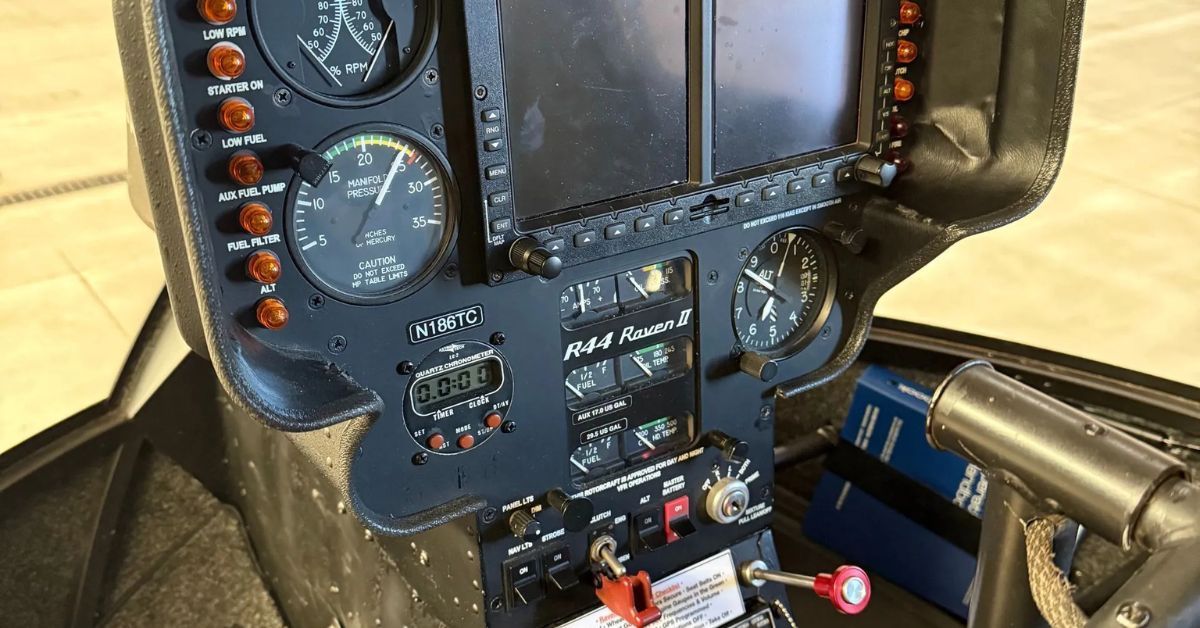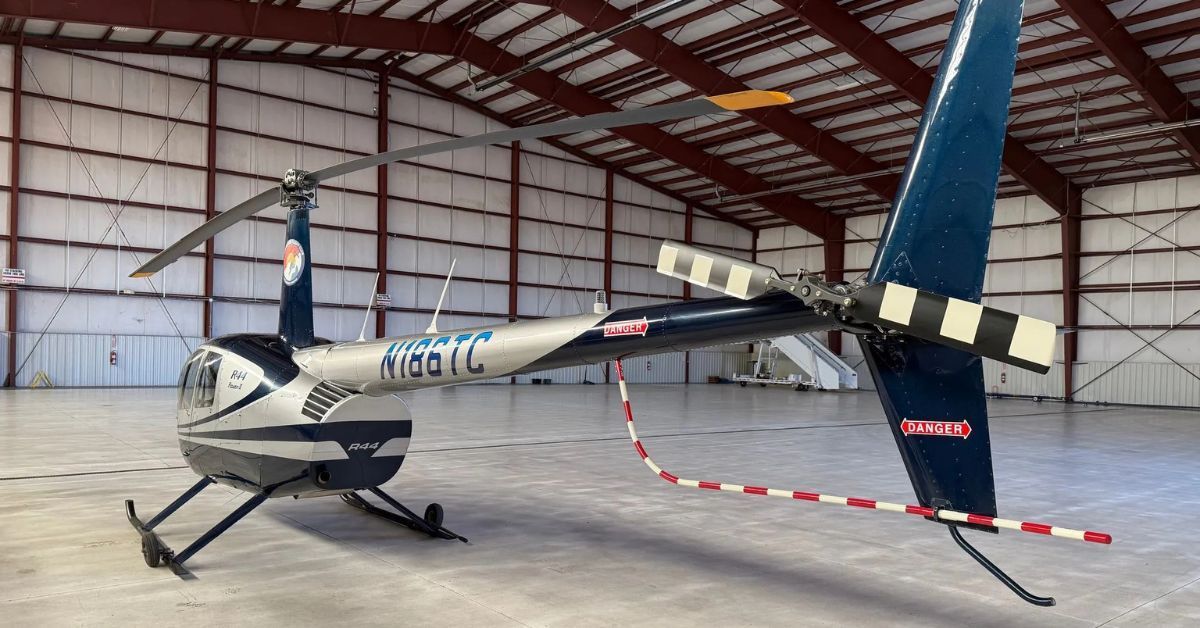Comparing Fixed-Wing vs. Helicopter Flight Training
The decision between fixed-wing and helicopter flight training is significant for aspiring pilots eager to launch their careers. Both paths offer unique challenges and rewards, but understanding the differences can help you make an informed decision tailored to your goals. Keep reading to compare fixed-wing and helicopter flight training. Each path has unique requirements and outcomes, whether you envision soaring in an airplane or navigating rugged terrain in a helicopter.
What Is Fixed-Wing Flight Training?
Fixed-wing flight training prepares pilots to operate airplanes that rely on wings for lift and forward propulsion. Pilots commonly use these aircraft for commercial travel, cargo transportation, and recreational flying. Fixed-wing training typically occurs in smaller, single-engine planes like the Cessna 172, progressing to larger aircraft as the pilot gains experience.
Students in fixed-wing programs focus on navigation, weather interpretation, and mastering steady, level flight. Training emphasizes long-distance travel and efficient airspeed management, with detailed lessons on takeoffs, landings, and cross-country flights.
What Is Helicopter Flight Training?
Helicopter flight training prepares pilots to operate rotorcraft, which generates lift through rotating blades. Helicopters offer exceptional versatility with the ability to take off and land vertically, hover, and maneuver in tight spaces. They are vital to emergency medical services, search and rescue missions, and aerial tours.
Helicopter training places a strong focus on gaining precise control over the aircraft. Pilots learn hovering, autorotation (engine-off landing), and navigating in challenging conditions. Programs prioritize flexibility and adaptability, preparing students for unpredictable environments.
Differences in Aircraft Capabilities
The aircraft’s operational capabilities are among the most notable differences between fixed-wing and helicopter training. Fixed-wing planes generally handle speed, fuel efficiency, and long-range travel tasks. They excel at cruising at higher altitudes and traveling efficiently between airports.
On the other hand, helicopters thrive in scenarios requiring precision and agility. They can access areas that fixed-wing planes cannot, including urban landscapes, mountainous terrains, and offshore locations. This versatility makes helicopters ideal for specialized tasks, such as wildfire suppression or filming.
Differences in Curriculum Training
Fixed-wing training curriculums focus on mastering steady flight, navigation over long distances, and operating in controlled airspace. Pilots learn to maintain airspeed, altitude, and heading consistency while learning the technical functions of fixed-wing aircraft systems. Landing and takeoff practice and mastering cross-country travel skills are central to this training.
Helicopter training curriculums focus heavily on rotor dynamics and precise aircraft control. Pilots learn unique skills, such as autorotation, hovering, and operating in near-stationary positions. The training also involves learning how helicopters function in complex, confined, and dynamic environments, a critical aspect of their versatility.

Career Opportunities
Fixed-wing and helicopter aviation offer diverse career opportunities, from commercial airlines to emergency services, each leading to a rewarding and impactful path.
Fixed-Wing Aviation
Fixed-wing flight training opens doors to a variety of career paths. Many pilots aim for roles in commercial aviation, flying passengers or cargo for airlines. Others explore opportunities in corporate aviation, such as piloting private jets for businesses or individuals. Roles in aerial surveying, agriculture, and firefighting are also popular.
Additionally, a significant career goal for many fixed-wing pilots involves accruing hours to qualify for an Airline Transport Pilot (ATP) certificate. This certification is necessary to fly large commercial aircraft and achieve higher salaries. Fixed-wing careers offer a stable, high-demand path with growth opportunities.
Helicopter Aviation
Helicopter pilots enter professions where precision and situational adaptability are essential. Popular career paths include emergency medical services, offshore oil rig transportation, and scenic tour operations.
Helicopter pilots often thrive in roles that demand a dynamic skillset. Their careers may involve resourceful problem-solving and responding to urgent situations, offering a sense of immediacy and impact. The specialized nature of these careers is an attractive option for pilots eager to make a meaningful contribution through their work.
Cost of Training
Cost plays a significant role in choosing between fixed-wing and helicopter flight training. Fixed-wing training is generally more affordable, as airplanes are more fuel-efficient and have lower maintenance costs than helicopters. Additionally, fixed-wing training programs are widely available, which can contribute to lower tuition rates.
Helicopter training, while more expensive, offers value in its specialized skillset and career potential. The cost reflects the technical complexity of helicopters and the precision required to operate them safely. For example, students in helicopter pilot training in Colorado at Arapahoe Flight Club gain valuable experience navigating mountainous terrain, making their investment especially worthwhile.
Time Commitment and Training Hours
Fixed-wing and helicopter training requires a steadfast commitment of time and effort from many fixed-wing pilots. The Federal Aviation Administration (FAA) mandates a minimum of 40 flight hours for aspiring fixed-wing pilots to earn a private pilot license, though most students log closer to 60-70 hours.
Helicopter flight training also requires a minimum of 40 flight hours for a private pilot license. However, helicopter students often spend additional time mastering skills such as hovering and autorotation. On average, helicopter pilots may complete 60-80 hours before feeling confident in their abilities.
Regulatory Requirements and Certifications
Fixed-wing and helicopter pilots must meet FAA certification requirements to operate legally. After completing private pilot training, students can pursue additional ratings and licenses based on their career goals. These additional ratings and licenses include instrument ratings, commercial permits, and Airline Transport Pilot (ATP) certification for fixed-wing pilots or an equivalent for advanced helicopter operations.
Regulatory training ensures pilots have the skills and knowledge to comply with strict safety standards. Achieving these certifications is a critical milestone for professional aviation careers.
Possible Challenges of Each Training Path
Each type of flight training comes with its unique set of challenges. Fixed-wing pilots often struggle to master precise landings and maintain control during emergencies, such as engine failure. Developing proficiency in weather navigation and advanced instrument flying also takes dedication.
Helicopter pilots must grapple with the complexity of rotorcraft systems and achieve extraordinary hand-eye coordination. Hovering and autorotation skills require intense focus and countless hours of practice. The dynamic and unpredictable nature of helicopter flight makes training especially demanding.

Choosing the Right Aviation Path
Choosing between fixed-wing and helicopter training depends on your career goals and interests. Fixed-wing aviation provides a structured path for those aspiring to fly commercial airlines or long-distance routes. In contrast, helicopter aviation is ideal for those drawn to dynamic, hands-on roles, such as search and rescue or emergency medical services.
Consider career prospects, training costs, and your strengths to make the right choice. Visiting flight schools, speaking with experienced pilots, and taking introductory flights can provide valuable insights and help clarify your direction. Regardless of your path, flight training success requires dedication, practice, and a strong support system.
Engaging instructors, networking with fellow pilots, and immersing yourself in the aviation community can enhance your learning experience. Staying committed to your training ensures you develop the skills needed for a rewarding career. Both paths offer exciting opportunities to make a lasting impact and achieve professional growth, whether pursuing fixed-wing or helicopter aviation.
Final Thoughts
You can thrive in a robust learning environment, whether you’re an aspiring pilot pursuing helicopter training in Colorado with Arapahoe Flight Club or a similar program.
By exploring your interests and staying committed to your training, you can unlock a world of possibilities in aviation. The sky is limitless, whether you choose the steady horizons of fixed-wing flight or the dynamic versatility of helicopter aviation.
